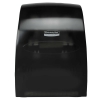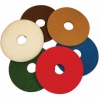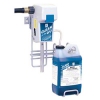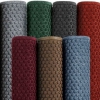
Knowledge Center

Get all the information you need for a particular product or service. You'll find how-to videos, product information, SDS sheets and more, right at your fingertips for convenient reference.

Floor Machine Battery Selection

Common Molds

Common Airborne Particulates

Benefits Of No-touch Systems

Janitorial Term Glossary

Floor Pad Selection

Measurements Conversion Chart

Chemicals Dilution Chart

Everything About Can Liners

Why You Need Enterance Mats?

Videos
